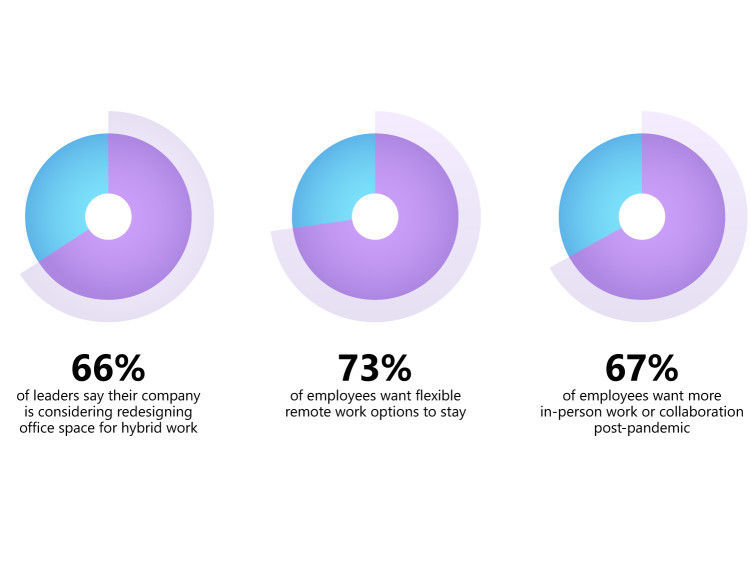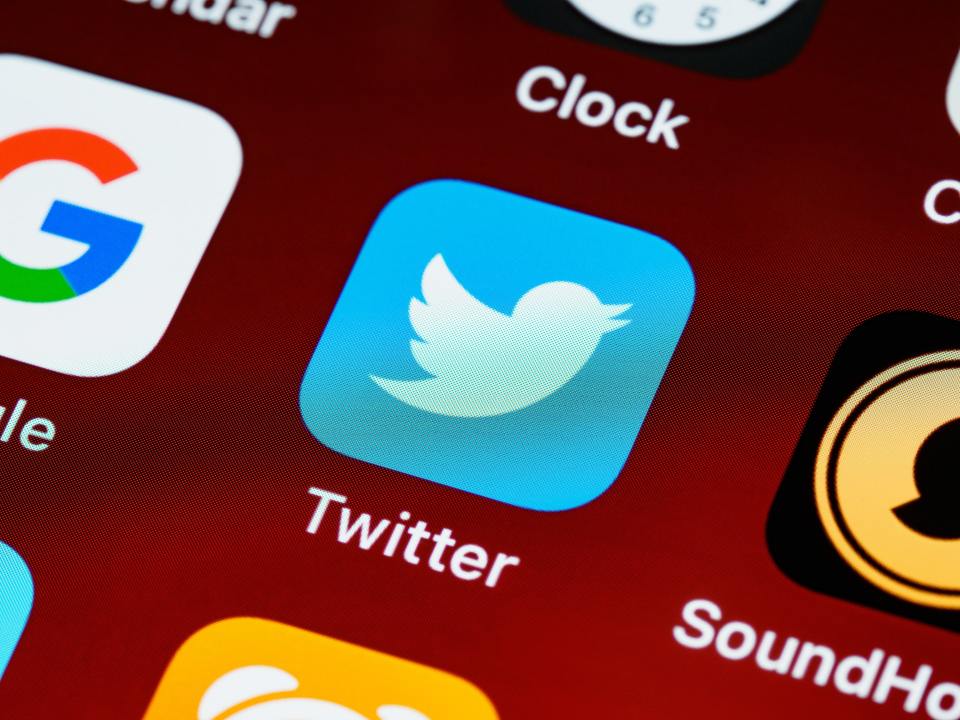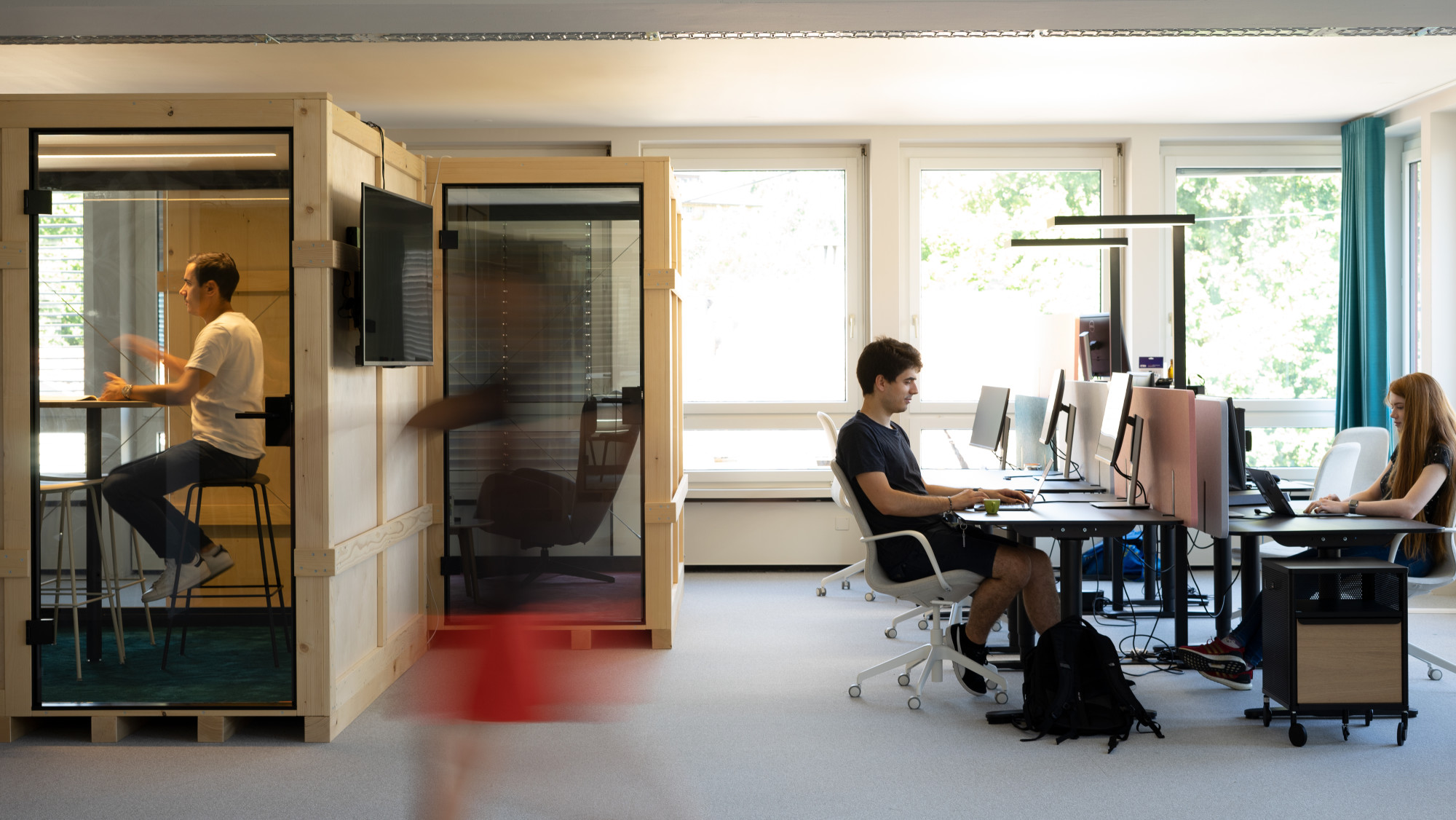
Even though companies have re-opened their offices post-pandemic, it seems that the way we work might never be the same again.
Even though companies have re-opened their offices post-pandemic, it seems that the way we work might never be the same again.
According to The Future of work After COVID-19 report published by McKinsey early in 2021, up to 25% of the workforce in advanced economies is expected to work from home three to five days per week. This is around four or five times more than before the pandemic. Many of us are experiencing exactly that—more and more companies are offering flexible work environments, where employees can choose fixed days to spend at home to work.
What are employees thinking about this shift?
Well, it appears that majority of us support it! According to The Work Trend Index Survey conducted by Edelman Data x Intelligence for Microsoft in 2021, 73% of employees support more flexible remote working options, and 67% of employees wanted in-person collaboration to return. This heralded the onset of hybrid work, with 66% of leaders considering hybrid-work office redesigns.

2021 MSFT Work Trend Index. Source: Microsoft News Center
Even though companies don’t have to enable their employees to work from home any longer, at the end of 2022, only about 3.5 days per week were actually spent working at the office, 30% less compared to before 2020, according to research done by McKinsey.
Understandably, you way want to make the shift possible for your employees as well. After all, flexible working models are a top reason for 45% job seekers to consider a position. 50% of people looking for (new) jobs actively look for places offering more flexibility, making it an important aspect in any businesses’ search for great talents. If you’re considering remote-hybrid work for your organization and need some ideas, here's a look at what five of the top names in tech are doing about it.
Twitter / X

Photo by Brett Jordan on Pexels
Twitter made headlines in May 2020, when the company told employees they could work from home forever. Jennifer Christie, Twitter’s VP of people, said in a blog post, “If our employees are in a role and situation that enables them to work from home and they want to continue to do so forever, we will make that happen.”
Meta (Parent company of Facebook)

MPK 21 Source Facebook
Facebook announced in 2020 that some employees can continue to work from home post-pandemic. In an interview with CEO Mark Zuckerberg, he stated the company is rethinking its work structure to allow up to 50% of its employees to work remotely over the next five to ten years. As of 2023, there was some rearing back, though. While remote working is still possible and in some cases even the exclusive working model, the new company policy does require workers assigned to an office to come in at least three days a week.

Photo by Mitchell Luo on Unsplash
Google was altogether more hesitant and already pressed for a reopening of its offices on September 1, 2021. The tech giant expected most employees to be in the office for at least three days a week following the reopening and has stuck to this rule as well.
According to CEO Sundar Pichai, “We firmly believe that being in-person, being together, and having a sense of community is super important when you have to solve hard problems and create something new, so we don’t see that changing. But we do think we need to create more flexibility and more hybrid models.” The company also announced that employees who wish to work remotely after September 1 for over 14 days must officially apply for it.
Apple

Source: Apple News Center
Apple took a similar stance to Google, with CEO Tim Cook saying, “My gut says that, for us, it's still very important to physically be in touch with one another because collaboration isn't always a planned activity.”
As of March 2023, the tech giant has enforced a rather strict policy of workers needing to be in the office three days a week, requiring people to come in on Tuesdays, Thursdays, and another regular third day of their choice.
Microsoft

Source: Microsoft News Center
Microsoft works with hybrid meeting rooms and spaces on several sites, according to a blog post by EVP Kurt DelBene. The company already expected a mix of home and office work to be standard going forward and is still to this day focusing on flexibility.
DelBene said, “Though we don’t know how far off a new normal is, we are adapting to a new way of working with an expanded understanding of flexibility. We know there are thousands of ways of working, and we believe that flexibility is essential to maintaining work-life balance.” The current hybrid policy allows for 50% of the time to be spent working from home, additional time needing to be requested for approval. At the same time, the company, like many others, offers different types of roles, some of which are 100% remote work from the get-go.
Smallpdf

Smallpdf has announced a change to its working structure, fully embracing hybrid work. The new working model offers staff the freedom to work from home as often as they want, with a minimum of five in-office days per month.
This gives employees the flexibility to work where they're most at ease and productive. At the same time, the five in-office days are an important chance to connect with teammates and attend important meetings and engagements. This configuration achieves the perfect balance between optimal productivity and connection for a truly vibrant company culture.
“Our amazing team has demonstrated that growth is possible through remote work. Our hybrid working model is flexible enough to be tailored to all employees, regardless of their work location preferences,” says Carlota Alcázar, People & Culture Lead at Smallpdf.
Smallpdf went to great lengths to understand the benefits that come with remote work, such as an improved environmental impact, cost, travel, and time savings, a reduction in stress, and a host of other health benefits. The company is proud of its new working model and has included it in its long list of company benefits.
Getting the Right Tools
It’s safe to say that remote work is here to stay. If flexible work will be a feature in your organization going forward, then getting the right tools is crucial! Check out our article on Online Tools for Working From Home to get started.



